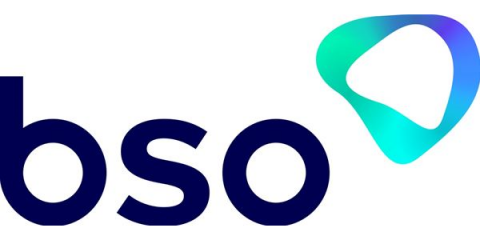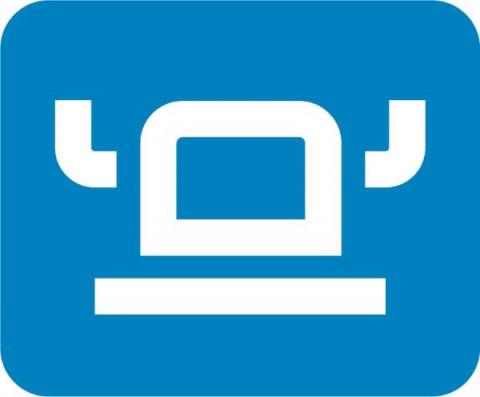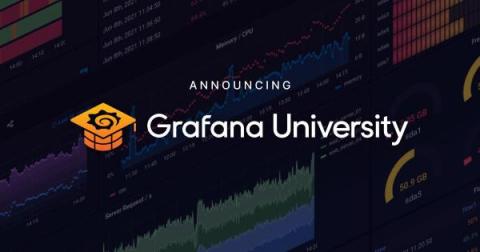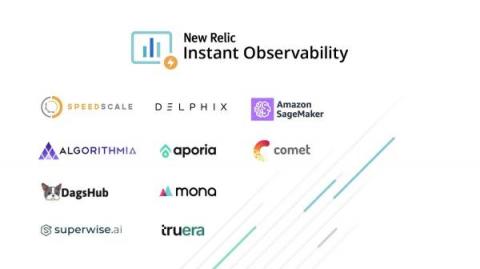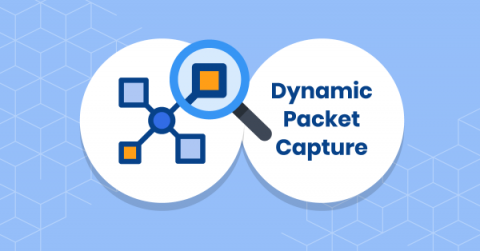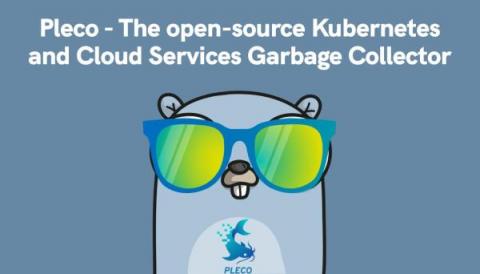Operations | Monitoring | ITSM | DevOps | Cloud
Latest News
What's new in VictoriaMetrics 2021?
The 2021 year is finished, so it’s time to look at changes VictoriaMetrics has gained during the past year. The first release in 2021 was v1.52.0. The last release in 2021 was v1.71.0. More than 20 new releases of VictoriaMetrics were published during the 2021. The full changelog is available at this page. Let’s look at the most interesting changes.
OpsRamp Recognized Across Three Categories of the 451 Research Market Map for Application and Infrastructure Performance Monitoring
OpsRamp was one of only two vendors to be recognized in 451 Research’s Market Map for Application and Infrastructure Performance Monitoring (AIPM) in the categories of Infrastructure Monitoring, Event Correlation and Alerting. 451’s AIPM Market Map offers a holistic perspective on key emerging categories in the IT monitoring and observability space.
Path To Rancher Desktop 1.0.0
Rancher Desktop has been in development for just over a year with the open question: when do we have a 1.0.0 stable release? Along the way the scope has expanded, it was ported to run in more places and the development team has grown. All of this happened as we worked out if Rancher Desktop would be useful for people, what features people want to use and what are good ways to build it. We are finally ready to answer that 1.0.0 question.
LogicMonitor's Verified HashiCorp Terraform Integration Allows You To Do More With Less
Enterprise Alert 9.2 Update Brings Great Flood Protection Enhancements
We have released another update for Enterprise Alert 9 (version 9.2) which enhances the flood protection mechanism. This will help you to setup scenarios where you do not want the flood protection to be active for every notification channel. Read all details in this article.
Introducing Grafana University: our virtual hands-on education platform that's free and easy to use
Grafana Labs has had a long commitment to educating our customers and community about all of our open source technologies and products, with our community Slack, webinars, conferences, documentation, and of course, this blog. In 2021, we decided that it was time to create a formal education program to provide more structured, repeatable, and scalable learning experiences – all while providing the same compelling and quality content our community is accustomed to.
Speedscale Partners With New Relic
Faster troubleshooting of microservices, containers, and Kubernetes with Dynamic Packet Capture
Troubleshooting container connectivity issues and performance hotspots in Kubernetes clusters can be a frustrating exercise in a dynamic environment where hundreds, possibly thousands of pods are continually being created and destroyed.
Announcement: Pleco - the open-source Kubernetes and Cloud Services garbage collector
TLDR; Pleco is a service that automatically removes Cloud managed services and Kubernetes resources based on tags with TTL. When using cloud provider services, whether using UI or Terraform, you usually have to create many resources (users, VPCs, virtual machines, clusters, etc...) to host and expose an application to the outside world. When using Terraform, sometimes, the deployment will not go as planned.


